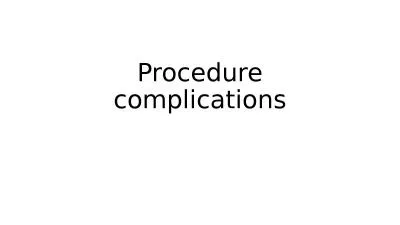PPT-Primary Changes To The Federal Rules of Civil Procedure
Author : mitsue-stanley | Published Date : 2019-11-23
Primary Changes To The Federal Rules of Civil Procedure Effective December 1 2015 Presented By Shuman McCuskey amp Slicer PLLC Rule 1 Scope and Purpose This rule
Presentation Embed Code
Download Presentation
Download Presentation The PPT/PDF document "Primary Changes To The Federal Rules of ..." is the property of its rightful owner. Permission is granted to download and print the materials on this website for personal, non-commercial use only, and to display it on your personal computer provided you do not modify the materials and that you retain all copyright notices contained in the materials. By downloading content from our website, you accept the terms of this agreement.
Primary Changes To The Federal Rules of Civil Procedure: Transcript
Download Rules Of Document
"Primary Changes To The Federal Rules of Civil Procedure"The content belongs to its owner. You may download and print it for personal use, without modification, and keep all copyright notices. By downloading, you agree to these terms.
Related Documents

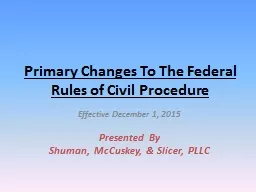
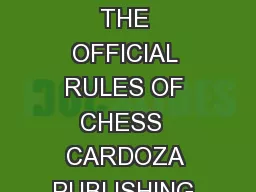
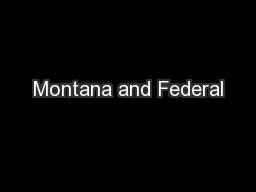
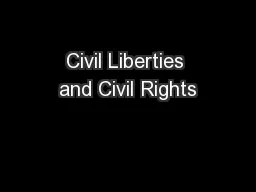
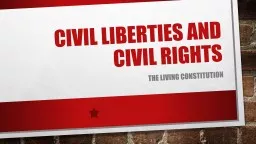
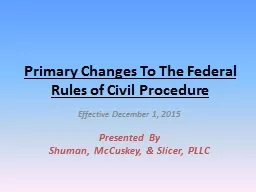



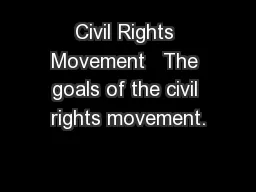
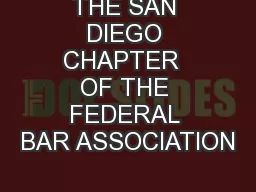
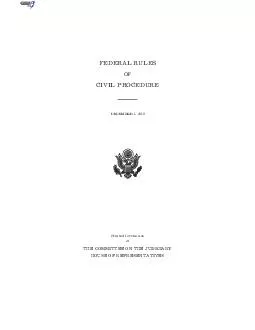
![[PDF READ ONLINE] 2020 Supplement to Civil Procedure, 5th, Rules, Statutes, and Recent](https://thumbs.docslides.com/1020250/pdf-read-online-2020-supplement-to-civil-procedure-5th-rules-statutes-and-recent.jpg)
